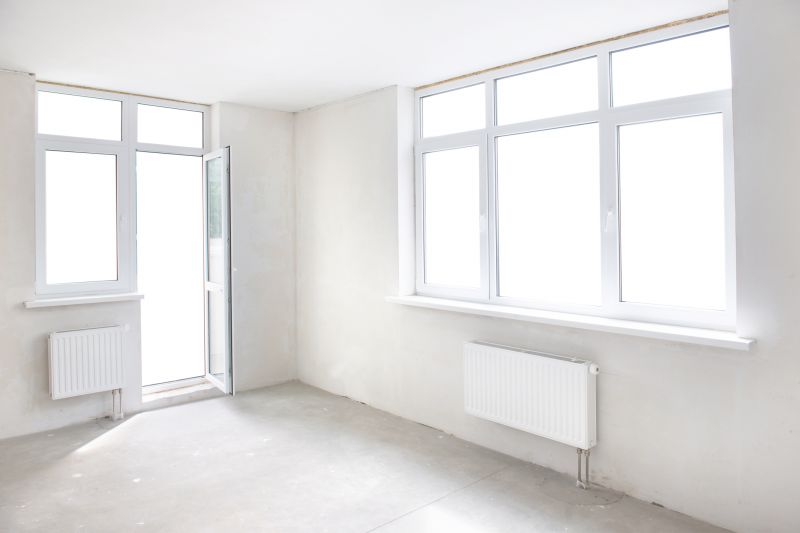Optimal Timing for Windows Installations
Choosing the optimal time for Windows installations can impact the efficiency and success of the process. Factors such as workload, system readiness, and seasonal considerations influence the best timing for these updates or upgrades.
Perform Windows installations during periods of low activity to minimize disruptions and ensure resources are available.
Schedule installations when the system is in a stable state, avoiding times of heavy use or prior to critical deadlines.
Late fall and early winter often provide windows with fewer scheduled updates, making them ideal for installations.
Align installations with planned maintenance windows to streamline the process and reduce impact on productivity.

Ways to make Windows Installations work in tight or awkward layouts.

Popular materials for Windows Installations and why they hold up over time.

Simple add-ons that improve Windows Installations without blowing the budget.

High-end options that actually feel worth it for Windows Installations.

Finishes and colors that play nicely with Windows Installations.

Little measurements that prevent headaches on Windows Installations day.

Timely Windows installations can significantly boost system performance.

Installing updates regularly helps protect against vulnerabilities.

Upgrades provide access to the latest features and improvements.

Ensures compatibility with new hardware and software.
| Timing Consideration | Details |
|---|---|
| Late Fall | Less scheduled activity, ideal for major updates. |
| Weekends | Minimize impact on daily operations. |
| After Backup | Ensure data is backed up before installation. |
| During Maintenance Windows | Leverage planned downtime for updates. |
| Before Critical Deadlines | Allow sufficient time for troubleshooting. |
| System Stability | Schedule when the system is stable and not in use. |
| Support Availability | Ensure technical support is accessible. |
| Resource Availability | Confirm that necessary resources are available. |

Have backups and recovery options ready.

Verify hardware and software compatibility beforehand.

Inform users about scheduled updates to avoid interruptions.

Verify system functionality after updates.
Timing Windows installations carefully can lead to smoother updates and improved system performance. It is essential to consider workload patterns, system stability, and support availability to determine the most suitable moments for these processes. Regularly scheduled updates contribute to enhanced security and functionality.
For those interested in scheduling Windows installations or seeking professional assistance, filling out the contact form can provide access to expert support and tailored solutions. Proper planning ensures minimal disruption and optimal system performance.

